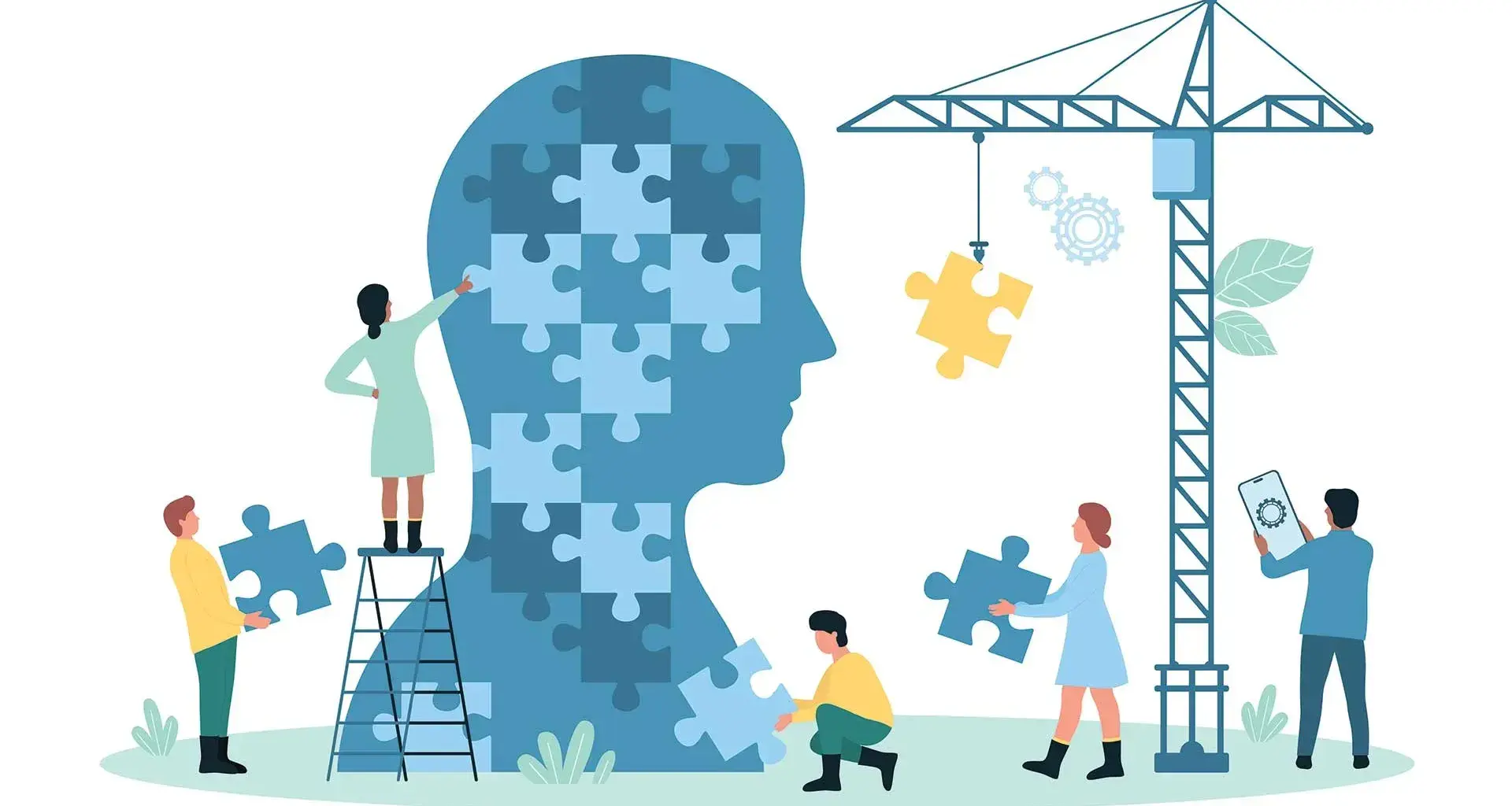A classroom where emotions are recognized and validated is a space where students feel more comfortable learning and relating to others.
This is the opinion of Zarina Regino and José Julián Nájar, psychologists and collaborators at Tec de Monterrey’s Querétaro campus.
They explain that having an emotional intervention pathway in place provides a framework for identifying, understanding, and responding effectively to emotional difficulties that may arise in the school environment.
“As teachers, you have the opportunity to notice if something is going on with your students,” Regino points out.
“Detecting what’s happening to them will allow you to be able to seek help appropriately,” she says.
Here’s a list of actions to support your students:
- Starting point: Recognizing signals
- Approach, listen, and don’t judge
- Strategies and activities you can implement
- Collaborate: Seek out experts
- Keep training all the time
- Teachers: Take care of yourselves too

Starting point: Recognizing signals
It is important to recognize changes in students’ behavior, difficulties in concentrating, or problems in relating to others, says Nájar.
The psychologist from the Wellbeing and Counseling Department on Querétaro campus lists the most common risk situations in the classroom:
- Depression and anxiety
- Stress
- Apathy
- Family problems
- Low self-esteem
“Sometimes they’re a consequence of a spectrum of problems,” he says. This can include the following:
- Attention Deficit Hyperactivity Disorder
- Autism Spectrum Disorder
- Dyslalia (speech disorder)
- Dyslexia (difficulty in learning to read or write)
- Dysgraphia (inability to write perceived sounds correctly)
- Dyscalculia (a disorder that affects the ability to solve mathematical problems)

Approach, listen, and don’t judge
Specialists recommend approaching your students, avoiding judgment, and actively listening.
“For a first approach as a teacher, begin by greeting the student, listening actively, remaining calm, and not judging. Ask how the student is feeling and if he/she needs help or wants to talk.”
They also pointed out the importance of identifying the student’s profile so that help can be provided at that moment in the event of a crisis.
“This is simply to be able to detect these situations of emotional risk in which our students may find themselves and channel them in time.
“However, we have to recognize our own limits in our role so that other roles and other people within our student’s support network structure can also support and make the relevant interventions,” Nájar says.
“As teachers, you have the opportunity to notice if something is going on with your students.” – Zarina Regino
Strategies and activities you can implement
“We can all intervene; we can all provide this psychological first aid; we all have the capacity for empathy and service,” Nájar points out.
Strategies can range from relaxation and mindfulness techniques to problem-solving activities and social skills development.
For example:
- If a student is experiencing anxiety, we can use deep breathing exercises, guided visualization, or journaling.
- In the case of a student who has difficulty relating to peers, cooperative games, role-playing, or social skills training programs could be implemented.
Try to use a variety of materials and resources such as books, games, videos, and technology to keep their attention and make the sessions more dynamic.

Collaborate: Seek out experts
Working as a team with other professionals such as school psychologists or guidance counselors is essential to providing comprehensive support, the Tec experts believe.
“During a risk situation or critical situation, please make sure that your student is not left isolated, that he or she receives attention and can receive follow-up,” Regino says.
In the case of Tec de Monterrey, they point out that there are Student Wellbeing and Emotional Counselingdepartments on each of its campuses, where students can receive support and guidance.
The Tec also has the TQueremos helpline (800 813 9500), which provides emotional support 24 hours a day.
Keep training all the time
Participating in workshops and continuous training will allow teachers to identify if a student is going through a complex situation in a timely manner.
“It’s important to be able to identify what our role is, and within this role, what our limits are to be able to intervene with our students, and from there, to manage other types of intervention with specialists,” says Nájar.
As a starting point, the TQueremos section on the web includes workshops, guides, materials, and multiple resources related to emotional issues for teachers who require them as support in their classes.
Teachers: Take care of yourselves too
Finally, the specialists say that self-care is also important, especially after supporting students with emotional issues.
They suggest that teachers identify their own emotions, monitor their physical and mental health, andask for support in interventions with students.
YOU’LL ALSO WANT TO READ:





